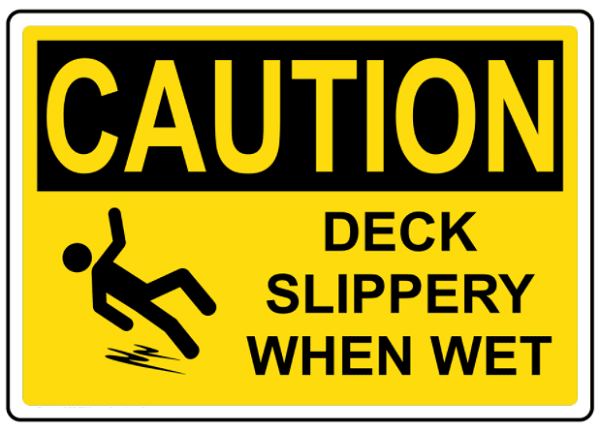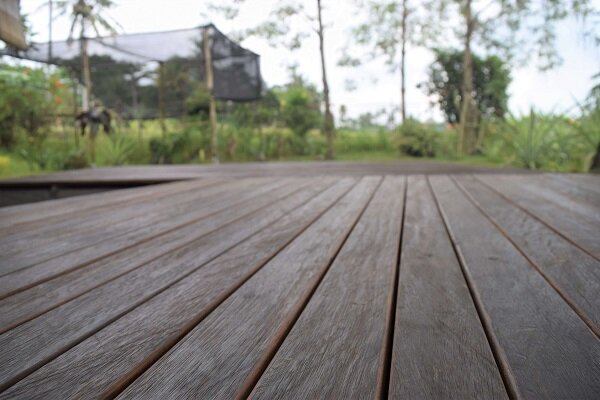Relaxing on a deck after a hard day's work or in the morning’s quietness, is a treat that many of us are looking for. This is especially true since Covid-19 stuck many of us at home.
But what happens to our deck when weather conditions turn your deck into something closer to an ice-skating rink?
Let’s look at how to prevent such a potentially dangerous event.
If you have been struggling with a slippery decking, we have a few solutions for you so that you can go back into chill mode.
“Why is my deck slippery”?
In pretty much all cases, you can blame nature for that. But your contractor might have a responsibility too.
Over the changing seasons, many debris will accumulate on your deck. Mostly brought by the wind, leaves and other dirt, pollen, etc, everything will build up on your outdoor area. Since it contains moisture, there is a great chance that mold, mildew, algae, and even moss will breed beneath the debris and mess.
The moisture will trap against the wood, including within the grain that is supposed to provide traction.
Things can get even worse in winter if all this wet mix gets covered by an icy layout.
You get it, it is a recipe for disaster!
Another reason might be because the decking installation wasn’t done properly. Indeed, a gap between the boards is necessary to allow proper drainage. The spacing will depend on the chosen wood and the weather conditions in your area.
The International Building Code advises to have a minimum 1/8-inch spacing between boards. However, do not hesitate to take advice from different sources to make sure that your decking will be correctly installed, be it by you if you feel up to the task, or by your contractor. More advice on spacing here.
How to prevent a slippery deck.
1. Clean the debris.
It can be a daunting task during winter because it is likely to be a daily chore, but the longer you let all the leaves and other debris rot on your deck, the harder it will be to make the floor safe again. Indeed, the buildup of moisture on the deck surface and the growth of mold, mildew, and algae, will get to the point where your wood might even be damaged.
Looking good, but potentially dangerous!
2. Do an annual heavy cleaning.
Part of your deck maintenance is to do a thorough cleaning. The best way to do it is of course to use a pressure washer one or twice a year (more would put the wood at risk).
It will restore the natural wood grain’s inherent traction, and slip-resistance.
If you do not have access to a pressure washer, you can use a wet mop with a mix of cleaning products and brush it afterwards.
3. Choose a cleaning solution:
The easiest one is to mix cleaning detergent with ⅓ cup of powdered laundry detergent (ammonia-free), 1-quart of bleach and 3 gallons of water.
Other “recipes” are available in this good article.
You can also buy a pre-made formula.
4. Use non-slip paint.
You might also look at what coating you have on your deck. Indeed, regular coatings often look very good, but do not suit your wood type when it comes to handling harsh weather conditions.
To add little extra slip resistance for steps or high traffic areas, non-slip paints are perfect.
Get some inspiration with this list of products, and visit your local hardware store for the ultimate non-slippery decking solution!
Enjoy your decking!



